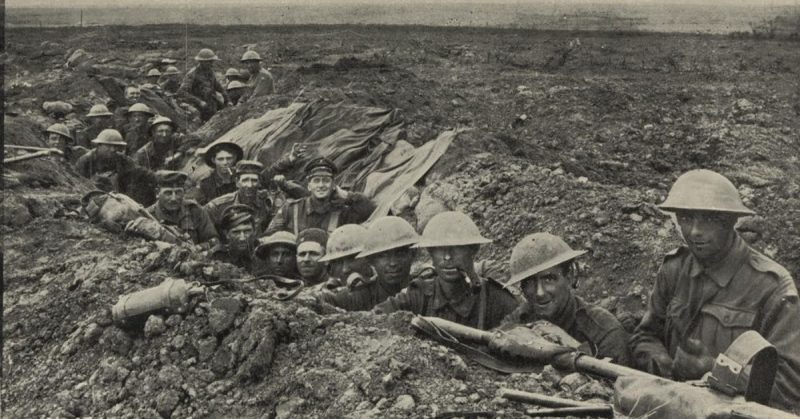Then Germans bombarded the Australian troops with mustard gas. This had a devastating effect causing over 1,000 casualties with varying degrees of “blindness.”
Villers-Bretonneux is a commune—the French equivalent of an English town—that is situated nearly 12 miles east of the French city of Amiens, which in turn is situated about 75 miles north of Paris. It was the scene of two major battles in WWI: the First and Second Battles of Villers-Bretonneux.
Australian troops participated in both battles, which took place in March and April 1918. Significantly, the First Battle of Villers-Bretonneux was the first time in WWI that armored tanks opposed each other.
First Battle of Villers-Bretonneux
German forces made a surprise attack on British forces on March 21st, 1918 that had occupied the Somme battlefield since 1916. Consequently, the British forces were forced to withdraw back to the French city of Amiens.
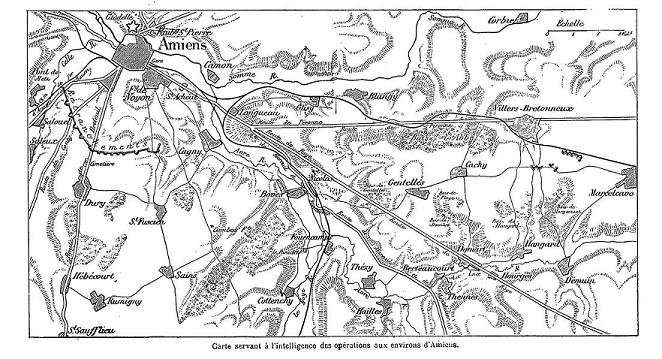
After the British had reorganized themselves, they prepared for a counter-offensive. This began on March 30th. The idea behind the counter-offensive was to enable the British troops to defend the town of Villers-Bretonneux, and then to advance to a point which would have brought their artillery close enough to the German lines to enable a massive bombardment of German positions.
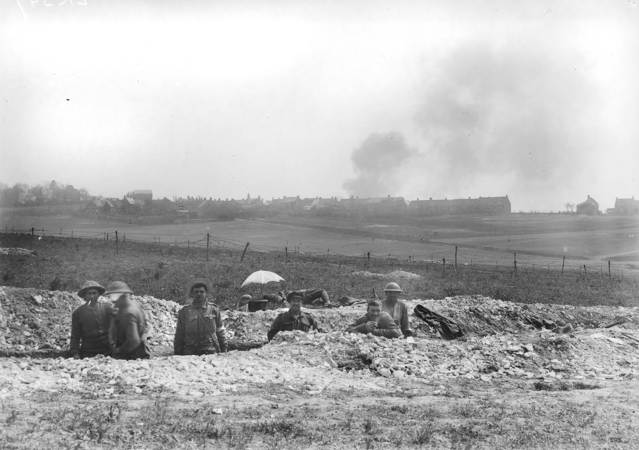
Meanwhile the Australian 9th Brigade, the 35th Australian Battalion, and other units from the Australian 3rd Division were dispatched from south of Belgium. They were to assist the British Fifth Army and the French First Army, both of which were defending the town of Villers-Bretonneux which was now under siege by German forces.
The attack from the German forces was so intense that some British and Australian forces had to withdraw, as far as over a mile away from areas around Villers-Bretonneux.
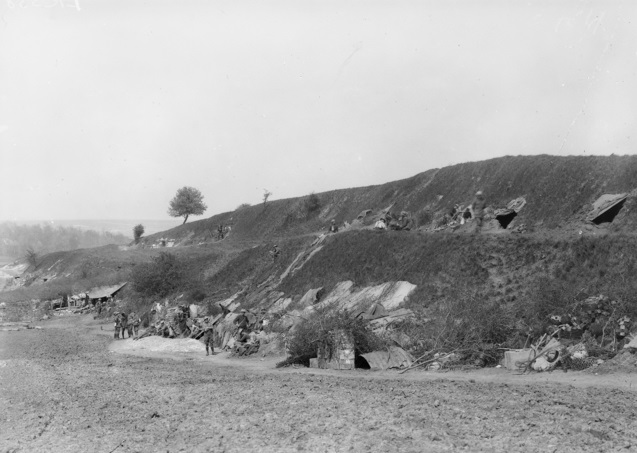
However, some the Australian forces—part of the 18th Division—did repulse the German Guards Ersatz Division as they attempted to take strategic positions around the town. This was the beginning of the end of the German attempt to take Villers-Bretonneux in the first battle.
At this point the 15th Australian Brigade arrived and assisted the other Australians who had by then dug in around the town. However, a surprise counterattack by the German forces who had earlier been forced back by part of the Australian 18th Division came to within a quarter mile of Villers-Bretonneux.
The German attack may have been successful if it had not been for the sound tactics of Colonel Goddard of the 35th Australian Battalion. The Australian 35th Battalion was assisted by members of the 6th Battalion London Regiment. Together they pushed the Germans back to Monument Wood, and then to Lancer Wood some distance north of Villers-Bretonneux.
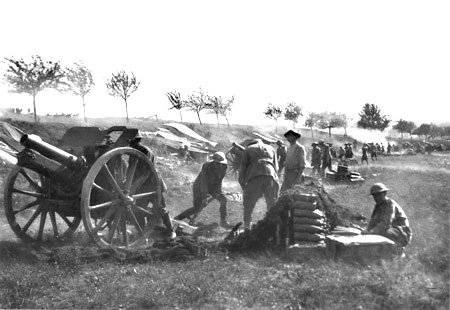
This effectively finished the First Battle of Villers-Bretonneux on April 5th, 1918.
The Second Battle of Villers-Bretonneux
After the First Battle of Villers-Bretonneux all activity ceased in the area until April 17th-18th, 1918. Then German artillery bombarded the Australian troops, who were camped outside the town, with mustard gas. This had a devastating effect on the Australians, causing over 1,000 casualties with varying degrees of “blindness.”
This was not the first time Australian troops were subjected to a gas attack from the Germans. The previous year (1917) at the Battle of Messines, Australians suffered 1,374 gas casualties of which 310 were fatal.
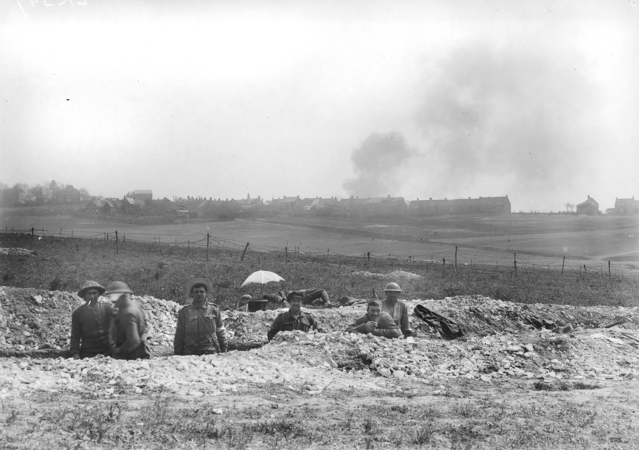
Then on April 24th the Germans attacked the Commonwealth troops in Villers-Bretonneux with over a dozen tanks and captured the town. British and Australian troops were forced to retreat, and German troops occupied what was left of the town.
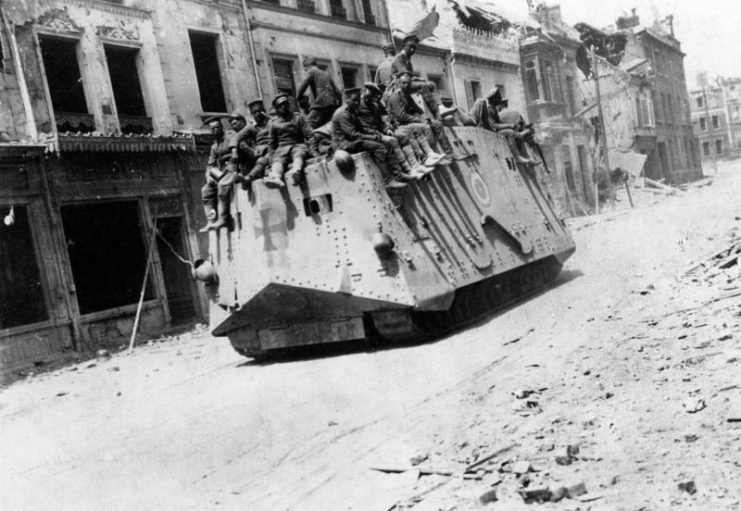
However, the victory was short-lived. That same day, a British and Australian counterattack swung into action. The Australian forces attacked the German positions on two fronts—north and south. The idea was that their flanges would join up and encircle the Germans. However, darkness set in and many Germans were able to escape.
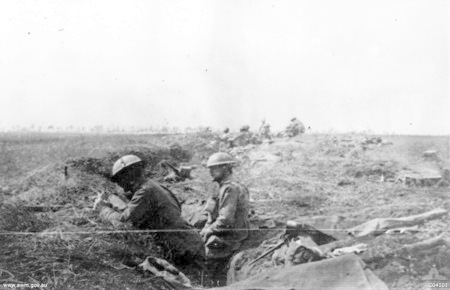
By the time dawn had come the Australians had completely captured Villers-Bretonneux. The number of Germans who surrendered was considerably less that what was expected.
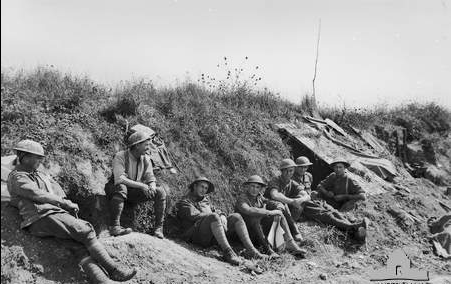
Coincidently, the day (April 25th) that Australian forces—and of course British forces—claimed victory in Villers-Bretonneux was the third anniversary of Australian troops landing in Gallipoli.
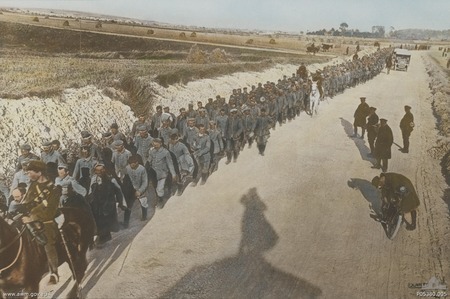
Australia may have had a military victory, and Villers-Bretonneux was still in British and Australian control at the end of the war. However, it came at a high price in human terms. Over 2,400 Australians perished in the Second Battle of Villers-Bretonneux. Four Australians received the Victoria Cross for their actions during the two battles.
Read another story from us: The Australians at Pozieres: Battle of the Somme 1916
After World War I officially ended on November 11th, 1918, it was a time for reflecting and rebuilding, especially in Germany and France. The town of Villers-Bretonneux came in for special consideration by some communities in Australia, where funds were raised to help the town rebuild. Such was the town’s gratitude that in the school’s playground a plaque was placed that reads: Never forget Australia.
